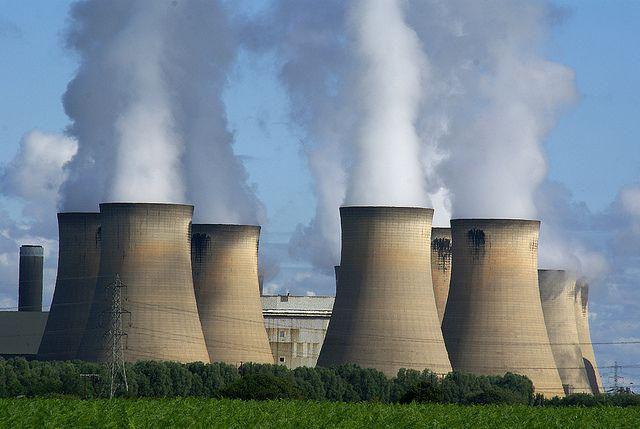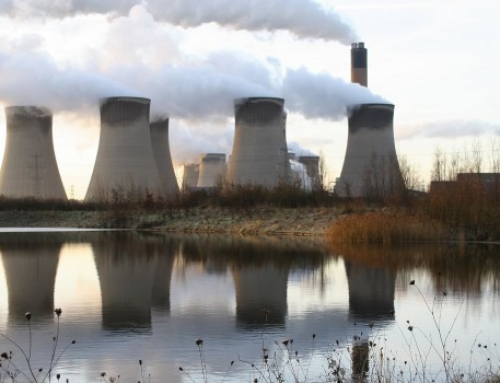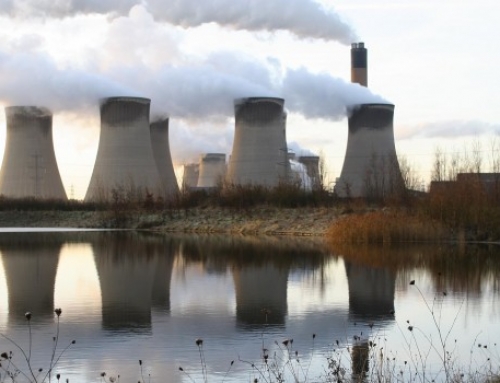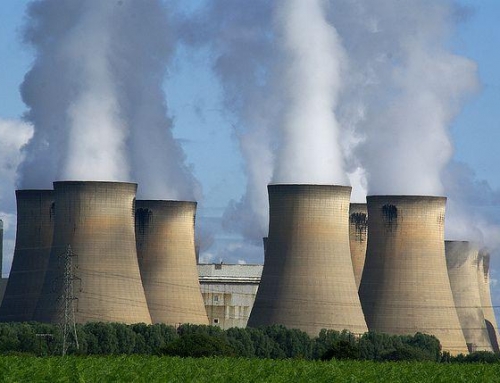Drax Group’s main claim to fame in recent years is that it has transformed itself from being an entirely coal-to-energy producer to a renewable energy provider. Three of the company’s six generating units are powered by compressed wood pellets and the company is looking at converting a fourth coal unit to wood pellets.
The switch to renewable power was not altogether altruistic because Drx was anxious to reduce carbon emissions, although that was part of the argument. It is also a case of economic expediency. Two of the units come under the renewable obligation certificates (ROCs) regime and the third a contract for difference (CfD) arrangement which means they received generous government support.
While making this switch to biomass Drax has by way of vertical integration expanded into wood pellet production, usually by acquisitions. And the move into wood pellet production has not been the company’s only major diversification. More latterly, and particularly in the past year Drax has made a significant indent into the retail energy electricity market in the UK particularly with the supply of gas. Again, through acquisition, the company has established a large footprint in the business-to-business (B2B) sector.
The result of the changes is that in the UK 65 per cent of Drax’s total output comes from biomass. The company says it estimates it produces 17 per cent of the county’s renewable electricity, enough to power over four million homes. But the transformation and expansion has not been without cost. The costs are part of the reason that an apparent disjunction between the various sets of financials has been a feature of the company’s results over the past year.

Drax Group’s power station switching from coal to biomass: photo-www.drax.com
When we wrote about Drax at the start of 2018, we based our article on a company update released on 20 December 2017. The gist of the release was that the final results for the 12 months ending 31 December 2017 would show that operationally the company is in good shape in terms of EBITDA (earnings before interest, tax, depreciation and amortisation.) When it came to the bottom line of pre-tax profits, however, the figures would not be quite so cheerful.
The evident disconnection between the top and bottom lines of the accounts repeated a configuration that had emerged earlier in the year. On 19 July 2017 the company reported its interim results for the six months to June 30. The good news was EBITDA for the period £121million against £70m in the comparable period in 2016. Cash in hand rose from £151m to £179m during the half year.
But the results also revealed a pre-tax loss of £83m during the period compared to a profit of £148m for H1 2016. Underlying earnings decreased by 48 per cent to 2.2 pence per share. Net debt rose to £372m from £83m as at December 31 2016, following a major refinancing in May 2017. With all this news the share price on the day of results announcement was 1.8 per cent or 6.3p lower at 353p.
Given the cautionary tone of the December update, by the New Year 2018 some shareholders were starting to scratch their heads and wonder what was going on. On 27 February 2018, however, the full year results for the twelve months ended 31 December 2017 were released and gave clarification on what the company called ‘significant financial and strategic progress’. The release said that EBITDA was up 64 per cent to £229m against £140m in 2016. All areas of the business contributed to positive EBITDA for the first time. Pellet production was up £12m to £6m. In power generation there was a £64m increase to £238m and in B2B energy supply EBITDA was up £33m to £29m, largely due to the acquisition of Opus Energy for £367m.
Scroll down to the bottom line however and it says that under statutory accounting measures, the loss before tax was £183m against a £197m profit in 2016. Net cash from operating activities was £315m against £191m in 2016. Net debt was £367m in borrowings less cash and cash equivalents.
You may feel that the management might be concerned about the losses but not a bit of it. They say the losses are largely due to non-recurring exceptional items. There was accelerated depreciation of coal specific assets and amortisation of intangible assets associated with the acquisition of Opus Energy and an increase in net finance charges. Losses were also due to unrealised losses on derivative contracts of £156m (principally related to the foreign currency hedging programme) in addition to one-off items—transaction costs relating to the acquisition of Opus Energy (£8m) and refinancing (£24m).
The management believe that as costs reduce EBITDA will continue to grow because of the investments made and is confident that it will hit its EBITDA target of £425m by 2025. In the meantime a final dividend of £30m has being declared representing 60 per cent of the full year £50m. In pence per share this works out at 12.3p against 2.5p in 2016.
Shares in the £ 1,190m market cap company were 292p last evening, some way off the 52-week low of 221p but substantially below the high of 364p.





